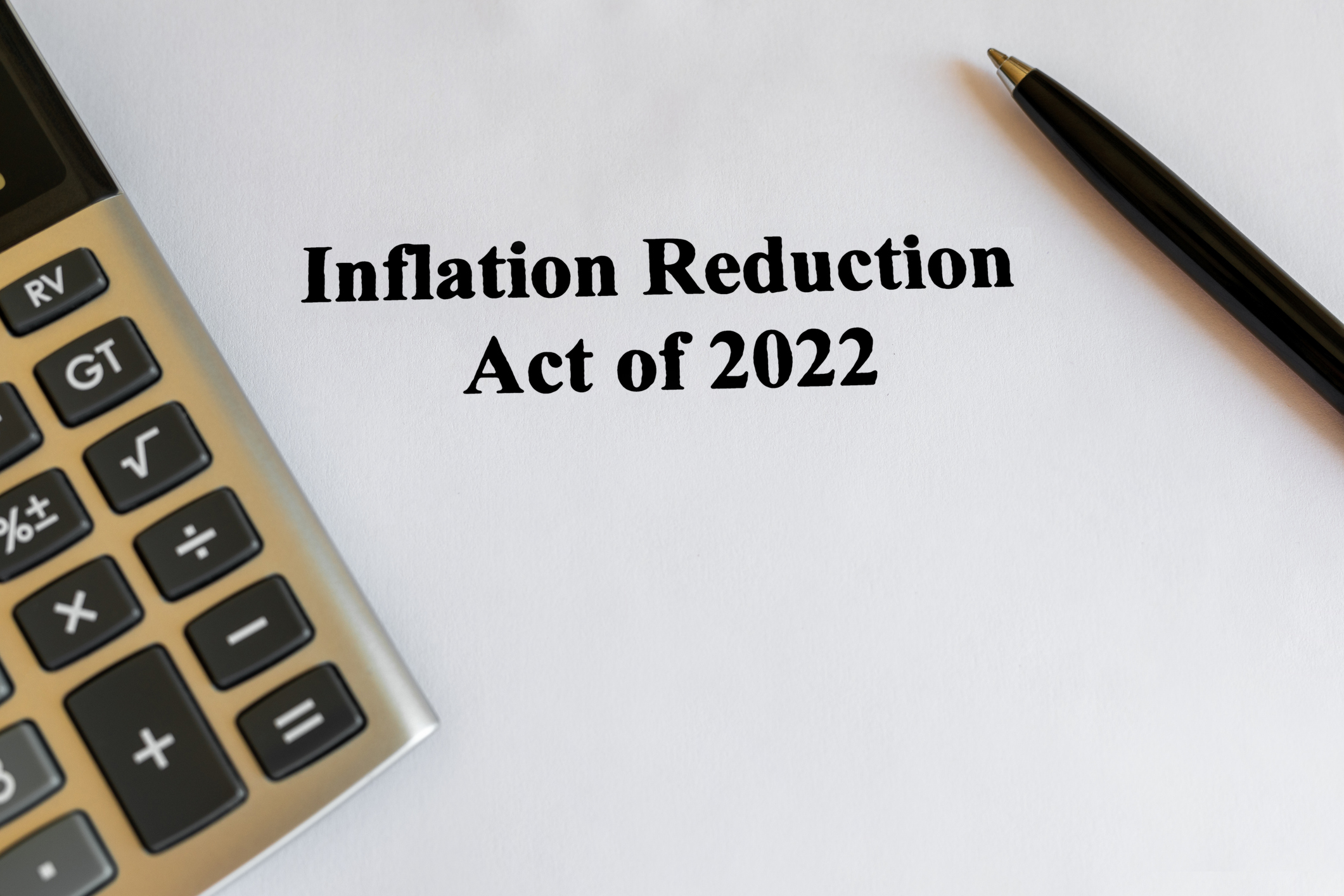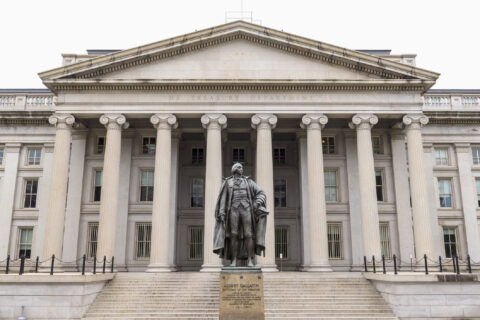Co-Authored by Emma O’Reilly, Federal Advocacy & Sustainability Intern at NLC
Two years ago, the Inflation Reduction Act (IRA) provided the largest-ever federal investment for combatting the climate crisis, creating economic opportunity to build an inclusive, clean energy economy. The IRA provides new and expanded tax incentives and direct funding for 119 programs for various entities —including state and local governments —to advance and accelerate climate action.
While the IRA allocated $369 billion towards environmental and energy initiatives, only $37 billion are for grants targeting tribal, state and local governments.
The bulk of the IRA’s funding is through tax credits and deductions for clean energy production and low-carbon technology adoption, for both residential and commercial settings—known as elective pay or direct pay.
Municipalities have taken advantage of these programs, benefiting from grants that enhance community connectivity and mobility, address pollution remediation and create green employment opportunities for disadvantaged communities, among others.
NLC celebrates the cities, towns and villages that are utilizing IRA funding to reduce greenhouse gas emissions, promote clean and renewable energy and build community resilience. NLC is also tracking discretionary grant winners of the Bipartisan Infrastructure Law (BIL) on our Rebuilding America Dashboard where some IRA program winners will be featured.
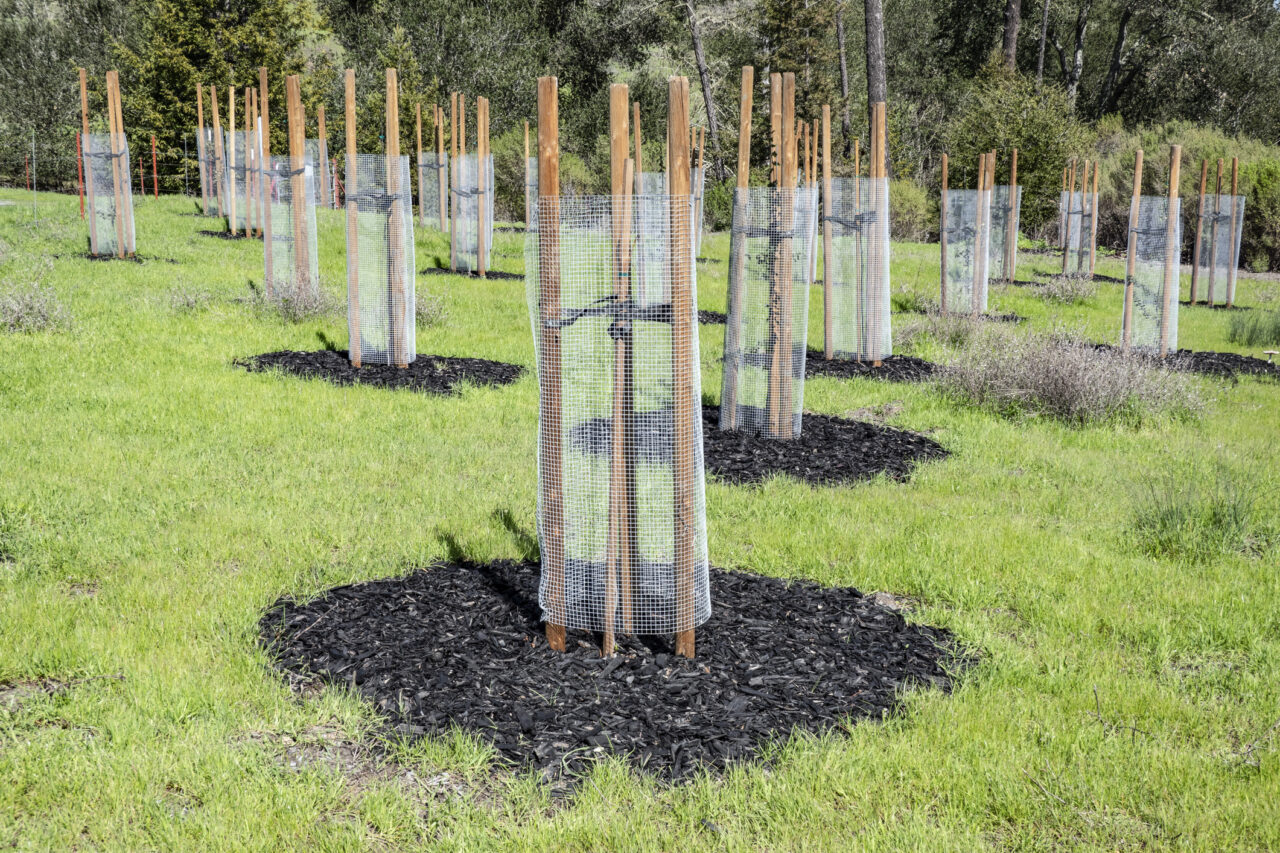
Neighborhood Access and Equity Program/Reconnecting Communities Pilot Program
The IRA allocated $1.9 billion in competitive grants for the Neighborhood Access and Equity program specifically targeting disadvantaged communities and projects that enhance connectivity and low-carbon mobility. In Fiscal Year 2023, the IRA funding for the Neighborhood Equity and Access grant was combined with the Reconnecting Communities Pilot program, which was created and funded through the Bipartisan Infrastructure Law, forming the Reconnecting Communities and Neighborhoods (RCN) program. Administered by the U.S. Department of Transportation, the RCN program awarded $3.3 billion to 132 projects. Highlighted below are projects that exemplify the program’s broad scope and impact across communities:
- City of Stamford, Connecticut – West Side Neighborhood Connector Project: The City of Stamford was awarded $17 million to enhance connectivity between its West Side, Downtown and South End neighborhoods and the Stamford Transportation Center. This grant will support the creation of a walkable greenway from Mill River Park to the transportation hub, establishing a safer, more accessible route for pedestrians. Given that the West Side has the one of the highest crash rates in the city, this funding is crucial for prioritizing pedestrian safety. The project also aims to improve access across major barriers such as Interstate 95 and the Metro-North railroad.
- City of Birmingham, Alabama – Reconnecting 4th Ave N: A Two-Way Vision for Reviving Legacy and Inspiring Progress: With a $14.6 million grant, the City of Birmingham will revitalize the Historic 4th Avenue Business District, a once bustling hub of Black businesses and community life before it was divided by the construction of Interstate 65 in the 1960s. Now, there will be a 15-block complete streets redesign, transforming Birmingham’s Black Main Street from one-way to two-way traffic and reconnecting neighborhoods split by the interstate. This funding will improve community access with new transit options, on-street parking, bicycle facilities and ADA-compliant pedestrian infrastructure.
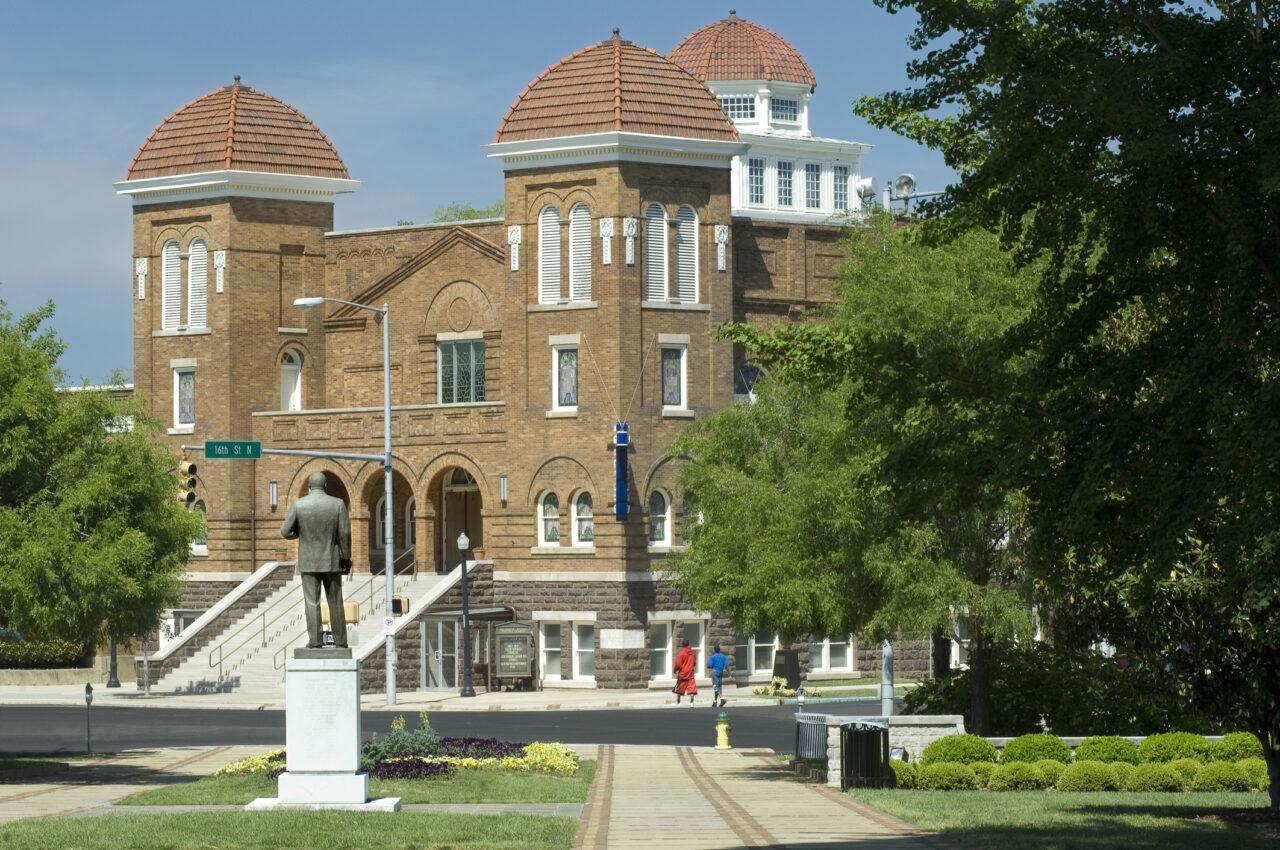
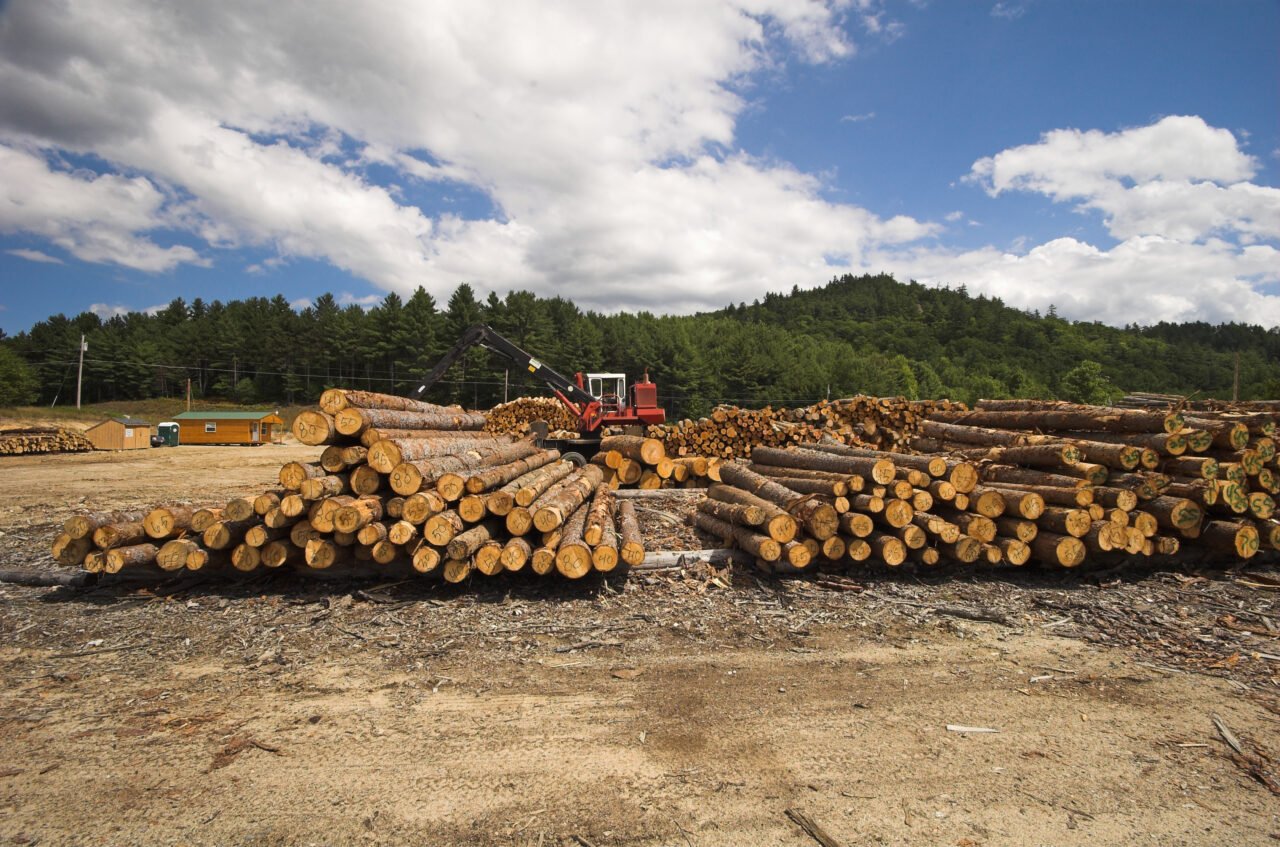
Urban and Community Forestry Program
The U.S. Department of Agriculture (USDA) Urban and Community Forestry Program, which received $1.5 billion from the IRA, promotes forestation efforts to improve tree equity and expand access to green spaces in overburdened and underserved communities.
Enhancing urban tree canopies offers numerous benefits, including improved air and water quality, increased property values, reduced energy bills, enhanced quality of life and boosted economic development opportunities.
Cities have responded accordingly to the urgency of addressing extreme heat, with USDA receiving over $6.4 billion in applications. The Department announced FY23 awards, selecting 385 grant winners across all 50 states and some territories.
- City of Hailey, Idaho – Growing Our Equitable Urban Forest – Kiwanis Park Tree Planting Project: The City of Hailey secured full funding for a tree planting initiative at Kiwanis Park, with a grant of $139,390. Given the park’s sparse tree canopy, its proximity to State Highway 75 and the Friedman Memorial Airport, and its classification as an overburdened and underserved area, expanding the tree canopy and boosting community engagement in forestry are key components of Hailey’s sustainability strategy. The City of Hailey plans to remediate soil, plant trees, and conduct outreach and education at Kiwanis Park, one of the city’s most diverse and densely populated areas.
- City of Dubuque, Iowa – Branching out Dubuque: With nearly $1.5 million in grant funding, the City of Dubuque will launch a targeted tree planting effort in disadvantaged Census Tracts, and plant 6,600 trees on public, semi-public and private properties. This project will reduce identified urban heat islands, reduce stormwater runoff and improve air quality. Additionally, the city will recruit disadvantaged youth for workforce development opportunities to support the projects.
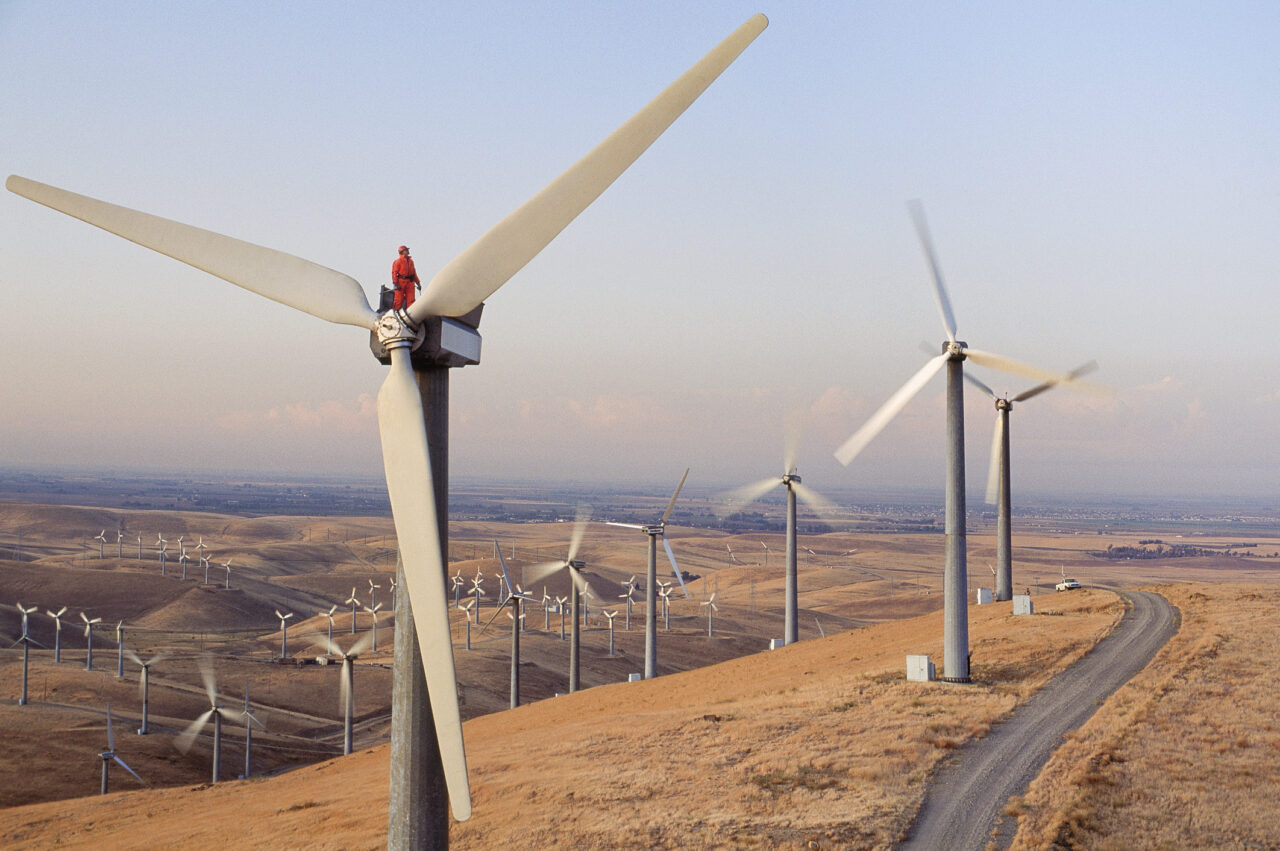
Climate Pollution Reduction Grants
The Climate Pollution Reduction Grants (CPRG) program is a two-phase initiative designed to support states, local governments, tribes and territories in developing and implementing greenhouse gas reduction projects. The program offered $250 million in noncompetitive regional planning grants and $4.6 billion in competitive implementation grants. Recently, the U.S. Environmental Protection Agency (EPA) announced the selection of 25 applications under the implementation grant program. These funds will support community-driven solutions to the climate crisis, reduce air pollution, advance environmental justice and accelerate America’s clean energy transition.
- City of New Orleans, Louisiana – New Orleans Climate Action and Resilience Benefitting Our Neighborhoods (NO CARBON): The City of New Orleans recently received a $49.9 million grant that will propel their climate action plans forward. Over the next five years, the funding will support subsidies for 1,400 solar installations, expansion of bike share services to historically underserved areas, energy benchmarking for commercial buildings, e-bike rebates, reforestation efforts and the construction of protected bikeways. Earlier this year, the city participated in the Local Infrastructure Hub CPRG bootcamp to support their grant application.
- Cuyahoga County, Ohio – Municipal Empowerment for Clean Energy and Conservation): Cuyahoga County, the City of Cleveland and the City of Painesville aim to advance clean energy initiatives and conservation efforts in Northeast Ohio. With $129 million awarded, the regional coalition will transition away from coal power through the installation of solar power and battery storage on brownfield and former landfill sites. Additionally, the grant will enhance natural habitats by expanding tree coverage, developing native meadows and pollinator habitats, and revitalizing contaminated brownfield sites through reforestation and conservation projects. In addition to environmental benefits, the program aims to create over 200 new jobs and provide job retraining for workers from the local coal-fired power plant. These projects will also improve the water quality of Lake Erie.
American Climate Corp
Nearly a century after President Franklin D. Roosevelt established the Civilian Conservation Corps, President Biden has followed in his footsteps with the creation of the American Climate Corps (ACC).
This workforce initiative aims to train and employ young adults in clean energy and conservation jobs.
By the end of this year, the administration aims to have 20,000 members engaged in a variety of activities nationwide, including implementing energy-efficient technologies and restoring lands and waters. The ACC is also a key part of the President’s Justice40 Initiative, which aims to ensure that 40% of the benefits from federal investments in climate, clean energy, infrastructure and other areas flow to historically underserved communities.
Other Programs
NLC is monitoring several other IRA programs eligible for municipalities for award announcements in the coming months from funding opportunities that closed earlier this year. These programs were one-time funding opportunities.
- The EPA Clean Ports Program funds zero-emissions operations and improves air quality at ports. For additional funding opportunities to support emissions reduction efforts at ports, the Agency provides a searchable table on their Ports Initiative website.
- The EPA Clean Heavy-Duty Vehicles Program aims to replace Class 6 & 7 vehicles with zero-emission alternatives.
- The U.S. Department of Energy offered Technical Assistance for the Adoption of Building Energy Codes to help states and local governments adoption and implementation of building energy codes.
While applications for some programs have closed and others await a new grant cycle, there remain ample opportunities for cities, towns and villages to benefit from IRA funding. Moreover, the direct pay provision offers a viable financing option for local governments to fund clean energy projects. With ongoing and upcoming opportunities, municipalities can still leverage IRA resources to advance their sustainability and climate action goals throughout the year and beyond.
Sign up for the NLC Federal Advocacy Update newsletter to learn about federal funding and technical assistance opportunities available to local governments.
